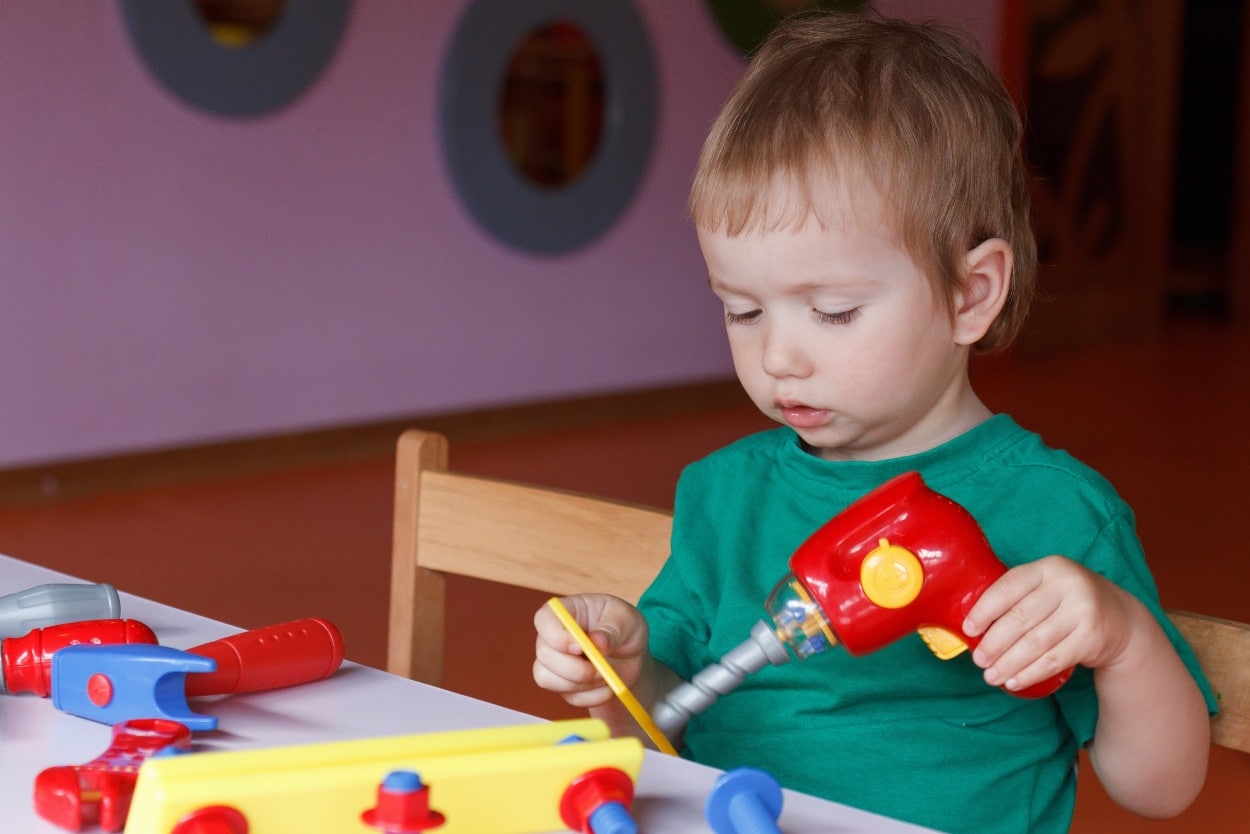Coping skills are great tools for kids to have when the stresses and strains of life threaten to slow them down or overwhelm them. It can be useful to think of coping skills as tools. Just like no single tool is right for every home improvement project, no single coping skill will be right for every situation your child will experience. Similarly, the more tools you have to pull from for your home improvement project, the easier it is to “get the job done.” This same idea applies when children are developing the coping skills that work best for them in various situations.
Selecting the tool that works best for any given situation is only the first step. It still takes hard work and practice to learn how to use the tool properly and to complete the task efficiently. As a parent, the more you know about coping skills, the more you will be able to provide support and “be on the same page” with your kids when challenges arise for them. The following are some things to keep in mind that can allow you to help your child build and successfully learn how to use a well-stocked coping skills toolbox:
You don’t develop a complete toolbox overnight.
Similarly, it takes time to develop coping tools. With any new skill, we learn through trial and error. Children first have to learn that a coping skill might be helpful, and you’ll need to encourage them to try new coping skills. A good place to start is to have your child begin a list of coping skills with the full knowledge that this is just a starting point, and that their toolbox will continue to grow over time.
It’s less about the coping skill and more about the function.
Coping skills are used to help us get through the moment and to stop us from engaging in behavior that may make the situation worse. Sometimes we will feel better but that is not always the case, nor is it always the most useful goal. Imagine trying to build a bookshelf from scratch. The task will require hard work, effort, and likely some frustration along the way. If you aren’t willing to put forth the effort and experience the frustration, the bookshelf will never get built! Selecting the most useful tools will make the project easier but it will not eliminate the hard work that is required. It may not be until the project is complete that you have a full appreciation for all you accomplished.
In the same way, when we become so focused on the goal of using coping skills to feel better, we can sometimes feel worse because we may not always feel better immediately. When using coping skills, it can be more useful to stay focused on the goal of properly using the coping skill during the right time instead of the goal of feeling better. The reward of building a more workable life with the help of effective coping skills will come with time and effort.
Patience is the key to using skills successfully.
The first time children decide to try a coping skill, they may get discouraged. They might think, “That was supposed to help?” It takes time to learn how to use coping skills and to discover which coping skill works best for different situations. So, encourage your child to stick with it and to try different skills at least a few times. If your child tries a skill several times and doesn’t feel it is a good fit, that’s okay. Just scratch it off the list and try a different one.
Coping skills are not a “one size fits all.”
This means a coping skill that works for one person might not work for another. Children might find similar or dissimilar coping skills work best for them. Also, it is important to remember that different coping skills work for different situations. For example, going for a walk may be helpful when we are frustrated but it may not be useful when someone is stressed and running short on time. Additionally, just because a coping skill was effective in one situation doesn’t mean it will translate to another situation. For example, watching funny videos when feeling down might be helpful sometimes, while at other times talking to friends might be more helpful.
Imagine trying to use a hammer for every home improvement project you came across. It just wouldn’t work and would likely lead to a great deal more stress and frustration! Similarly, just because a project called for a screwdriver rather than a hammer, it doesn’t mean you throw the hammer in the garbage! That’s why it is important to help your child develop a comprehensive list of coping skills to pull from and to practice using them flexibly in various situations.
Your child’s coping skills won’t be effective 100% of the time.
Sometimes, kids (and adults too!) choose not to use a coping skill or will engage in impulsive behaviors despite their best efforts. There are no guarantees, especially when you’re dealing with a person’s emotions. There will be days when your child feels like nothing will work. That’s when it is especially important for you to encourage your child to keep using those coping skills anyway – and that if they need a little more help, to each out to a supportive person. Remind your child we all make mistakes and that these are often the times when we learn and grow the most. During these frustrating times, it can also be useful to refocus your child on the goal of properly using the right skill at the right time versus the goal of feeling better.
Coping skills don’t make everything better.
Occasionally, your child’s use of coping skills will lift their spirits and the situation or problem will get resolved. Sometimes, your child won’t feel better and they can’t change the situation. This is your opportunity to normalize these feelings and let your child know that sometimes we have to sit with feelings that are uncomfortable. During these times, it’s a good idea to remind your child that “this too shall pass.” Providing children with realistic expectations, validation, and understanding is the best thing you can do.
When doing improvements to your home, it is important to have a well-stocked toolbox and to know how to use each tool. With time, effort, and practice, you learn which tool is best to use in different situations, and you become more skilled at using the tools correctly and at the right place and time. Just like for your home, it’s important for you to help your child create a coping skills toolbox. Start by helping your child create a list of coping skills, don’t throw any away, and teach them when it is better to choose and use one coping skill over another. With time, effort, and practice, it is only a matter of time before your child is well on their way to building an ample coping skills toolbox that will allow them to lead a more workable and rewarding life.




